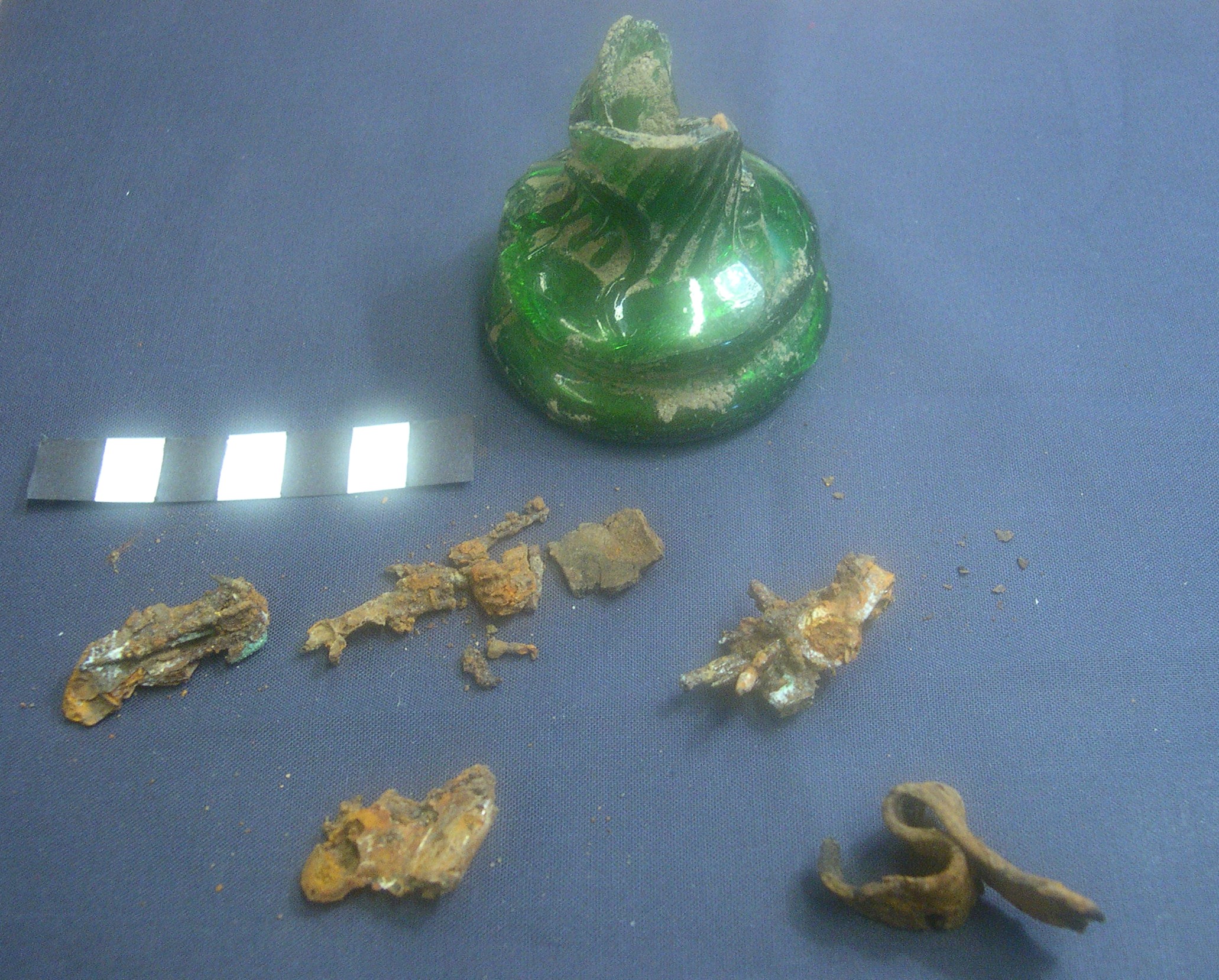
Wikimedia Commons
Sympathetic magic, or the law of sympathy, is the basis of all magic according to the anthropologist and folklorist Sir James George Frazer (1854–1941). It is founded on the idea that things act on each other because they are linked by invisible and secret bonds. Frazer went on to subdivide sympathetic magic into two types: mimetic or the law of similarity, as in the forming of wax images of an enemy subsequently damaged or destroyed in the hope that it may cause the enemy to perish; and contagious, such as in anointing the sword that caused a wound rather than the wound itself.[1]
The history of sympathetic magic may be part of humanity’s relationship with religion. The palaeontologist Salomon Reinach was one of the first to apply Frazer’s idea of sympathetic magic to cave paintings,[2] such as those found in the Chauvet Cave in southwestern France, radio-carbon dated to 40,000 BCE.[3][a]The first cave decorations were discovered in 1879 at Altamira in Spain;[2] the Chauvet Cave paintings were not discovered until 1994.[3] Reinach was struck by the prevalence of food animals in the paintings, and that many of them were found deep in the caves, or in places difficult to access, so they were probably not intended as mere decoration. His ideas were in turn picked up by Henri Breuil, who dominated the field of cave art from 1901 until his death in 1961. Breuil essentially extrapolated the belief held by many so-called primitive societies that possessing an image of an animal gives a degree of control over that animal – particularly during the hunt – back to our earliest human ancestors.[2]
Modern parallels
The modern “cult of the flag” – the belief that damage to the national flag causes damage to the nation – demonstrates that the concept of sympathetic magic is not unique to primitive societies. As the ethnologist Krzysztof Jaskulowski has observed, it is not a legacy of our primitive past, as national flags are a relatively recent phenomenon, invented during the American and French revolutions. Jaskulowski goes on to suggest that at its root there is a fundamental ontological confusion between symbolism and causation.[4]
The psychologist Graham Collier has suggested that the modern photograph of someonce close to us functions in the same way as prehistoric cave art, perhaps demonstrating that “the passing of 40,000 years has not substantially changed the way human consciousness works to promote such irrational and imaginatively charged thoughts and feelings – ‘magic’, if you like.”[3]
